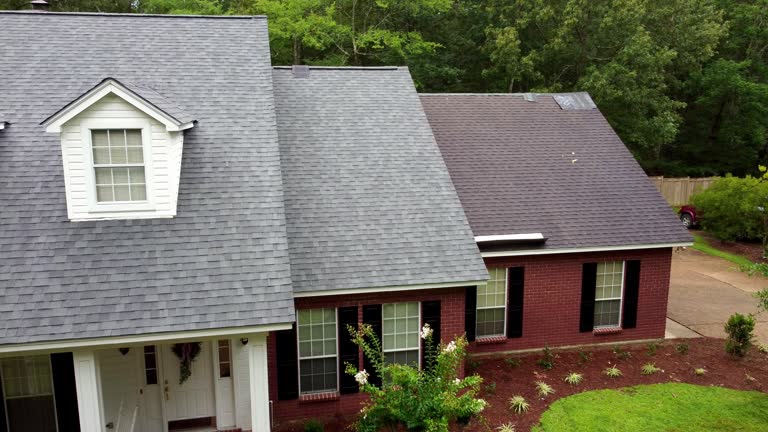
Leak detection and precision repair techniques are essential for maintaining the integrity of plumbing systems in residential, commercial, and industrial buildings. Leaks can cause significant damage to property and pose health risks due to mold growth and water contamination. Therefore, early detection and accurate repair of leaks are crucial to prevent costly repairs and ensure the safety of occupants.
There are several methods for detecting leaks in plumbing systems, including visual inspection, pressure testing, acoustic leak detection, infrared thermography, and dye testing. Visual inspection involves looking for signs of water damage such as damp spots on walls or ceilings, mold growth, or dripping faucets. Pressure testing involves pressurizing the system with air or water to detect any drops in pressure that may indicate a leak.
Acoustic leak detection uses specialized equipment to listen for sounds produced by leaking water within pipes. This method is particularly useful for locating hidden leaks behind walls or under floors. Infrared thermography detects temperature differences caused by leaking water using thermal imaging cameras. Dye testing involves adding colored dye to find the source here path of a leak visually.
Once a leak has been detected, precision repair techniques must be employed to fix the issue accurately without causing further damage to the plumbing system. Common repair methods include pipe replacement, joint sealing, epoxy lining, and trenchless pipe repair.
Pipe replacement involves removing the damaged section of pipe and replacing it with a new one made of durable materials such as copper or PVC. Joint sealing is used to seal gaps between pipes or fittings that may be causing leaks. Epoxy lining is a non-invasive method that coats the interior of pipes with an epoxy resin to seal cracks or holes.
Trenchless pipe repair techniques such as pipe relining or pipe bursting are becoming increasingly popular due to their minimal disruption to property owners. Pipe relining involves inserting a flexible liner into the existing pipe and curing it in place with heat or UV light. Pipe bursting involves breaking apart the old pipe while simultaneously pulling through a new one in its place.
In conclusion, leak detection and precision repair techniques play a vital role in maintaining efficient plumbing systems and preventing costly repairs down the line. By investing in regular maintenance inspections and prompt repairs when needed, property owners can ensure their plumbing systems remain functional and reliable for years to come.

 Viral Myths Surrounding Instagram Private Viewer Tools
Viral Myths Surrounding Instagram Private Viewer Tools  Owner Retention and Exiting a WestgateResorts Timeshare
Owner Retention and Exiting a WestgateResorts Timeshare  Start Trading Easily with Pocket Option’s Indonesian Website
Start Trading Easily with Pocket Option’s Indonesian Website  Get the Perfect Curl with Vibely Mascara
Get the Perfect Curl with Vibely Mascara 


